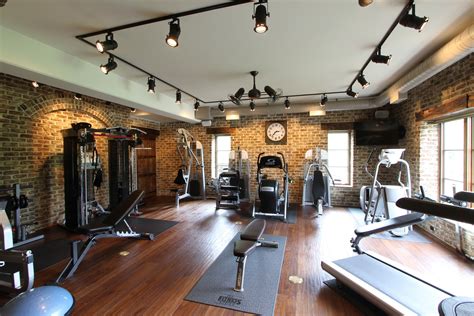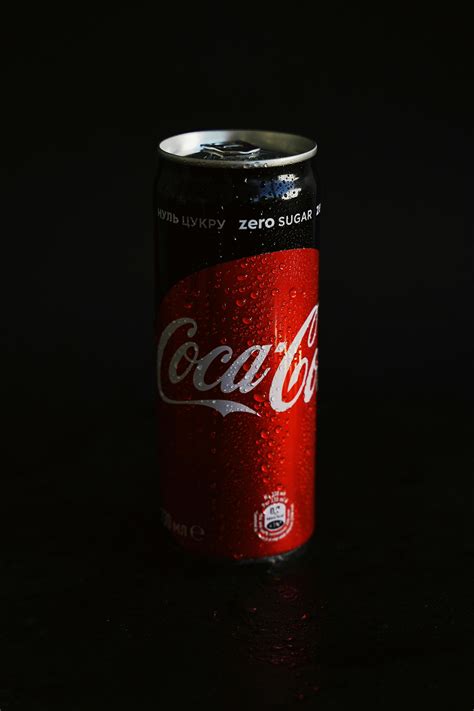How do elite men train to shatter strength plateaus and maintain peak performance?

The pursuit of peak physical strength is a relentless journey, often marked by exhilarating gains followed by frustrating plateaus. For elite men, simply lifting heavier isn’t enough; they employ a scientific, multi-faceted approach to not only shatter these barriers but also to sustain an unparalleled level of performance. This involves far more than just intense workouts; it’s a meticulously crafted symphony of training, nutrition, recovery, and psychological fortitude.
Understanding the Pillars of Elite Strength Training
Elite strength development moves beyond basic progressive overload. While fundamental, the body’s adaptive mechanisms eventually demand more sophisticated strategies. The cornerstone for elite athletes is often periodization, a systematic planning of training variations over specific cycles. This prevents the body from adapting too completely to one stimulus, ensuring continuous progress and minimizing overtraining.
Whether it’s linear periodization (gradual increase in intensity, decrease in volume), undulating periodization (daily or weekly variations in intensity and volume), or block periodization (focused training blocks for hypertrophy, strength, power), the goal is to strategically manipulate training variables. This allows for planned peaks in performance, which are crucial for competitions or specific goals, and deliberate deload phases that facilitate recovery and supercompensation.

Strategic Progressive Overload and Intensity Modulation
While progressive overload remains king, elite lifters employ a myriad of advanced techniques to achieve it. This isn’t just about adding more weight; it encompasses increasing training volume (sets x reps), frequency (how often a muscle is trained), or density (doing more work in less time). They also utilize specific intensity modulation techniques to maximize muscle fiber recruitment and overcome sticking points.
- Cluster Sets: Breaking a set into mini-sets with short, intra-set rests, allowing for more reps at a higher intensity than a traditional set.
- Accommodating Resistance: Using bands or chains with free weights to match the strength curve of the exercise, making the lift harder at its strongest point and easier at its weakest.
- Post-Activation Potentiation (PAP): Performing a heavy lift (or other potentiation exercise) before a lighter, more explosive lift to temporarily enhance muscle force production.
- Targeted Weak Point Training: Identifying specific weaknesses in a lift (e.g., lockout strength in bench press) and incorporating accessory exercises designed to directly address and strengthen that particular phase of movement.

Mastering Recovery: The Unsung Hero of Peak Performance
Training only provides the stimulus; growth and adaptation occur during recovery. Elite athletes prioritize recovery with the same rigor they apply to their workouts. This is where muscle repair, hormonal balance, and nervous system regeneration take place, all critical for strength gains and preventing burnout.
- Sleep Optimization: Non-negotiable, often 8-10 hours per night. Quality sleep is paramount for growth hormone release, muscle repair, and cognitive function.
- Active Recovery: Low-intensity activities like walking, cycling, or swimming improve blood flow, reduce muscle soreness, and aid in metabolic waste removal without adding significant stress.
- Mobility and Flexibility: Regular stretching, foam rolling, and dedicated mobility work improve range of motion, prevent injuries, and enhance movement efficiency during lifts.
- Stress Management: Chronic stress elevates cortisol, hindering recovery and muscle growth. Elite athletes often employ meditation, mindfulness, or other stress-reduction techniques.

Precision Nutrition and Supplementation for Sustained Gains
Fueling the body correctly is as vital as the training itself. Elite men adhere to highly individualized nutrition plans, often developed with the help of sports dietitians, to support intense training and optimal recovery.
- Adequate Protein Intake: Crucial for muscle repair and synthesis, typically 1.6-2.2 grams per kilogram of body weight.
- Strategic Carbohydrate Intake: Manipulated based on training volume and intensity, providing energy for workouts and replenishing glycogen stores. Some may utilize carb cycling to optimize body composition and energy.
- Healthy Fats: Essential for hormone production and overall health.
- Hydration: Meticulous monitoring of water and electrolyte intake, especially around training sessions.
- Targeted Supplementation: Creatine, protein powders, BCAAs, adaptogens, and micronutrients are used judiciously, based on scientific evidence and individual needs, to fill nutritional gaps and enhance performance or recovery.

The Mental Edge and Data-Driven Adaptation
Beyond the physical, mental fortitude and a data-driven approach distinguish elite performers. The ability to push through discomfort, maintain focus, and adapt to challenges is critical.
- Goal Setting and Visualization: Clear, ambitious goals coupled with mental rehearsal of success.
- Performance Tracking: Meticulous logging of workouts, reps, sets, weights, perceived exertion (RPE), and even sleep and mood. This data informs future programming and identifies trends.
- Listening to the Body: Despite structured plans, elite athletes learn to interpret biofeedback, adjusting training on the fly to prevent overtraining or injury.
- Coaching and Support: Working with experienced coaches provides objective assessment, advanced programming, and accountability.

Conclusion: The Relentless Pursuit of Excellence
Shattering strength plateaus and maintaining peak performance for elite men is a dynamic, iterative process. It requires a sophisticated blend of scientifically-backed training principles, an unwavering commitment to recovery, precise nutritional fueling, and an indomitable mental spirit. It’s a testament to the fact that true strength is built not just in the gym, but in the meticulous planning, disciplined execution, and continuous adaptation applied to every facet of an athlete’s life.







